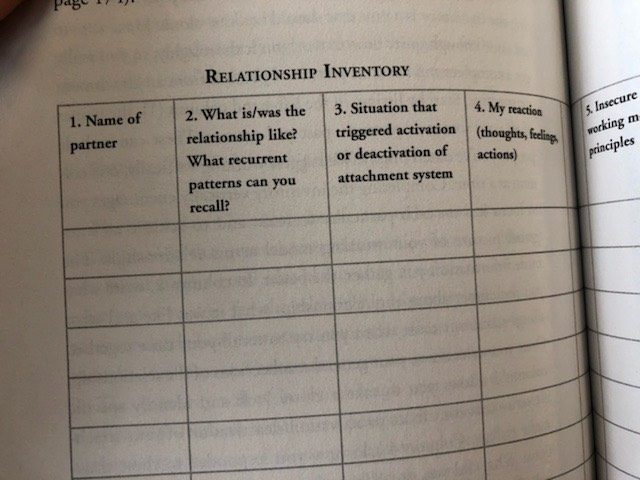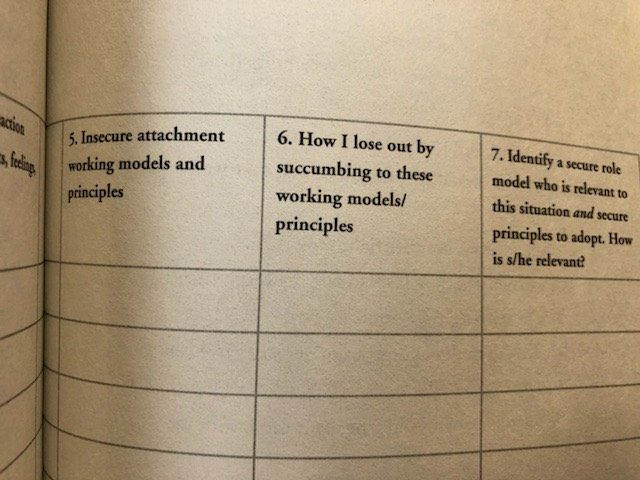I’ve recently been reading Attached: The New Science of Adult Attachment and How it Can Help you Find – and Keep – Love, and I’ve been inspired by several passages and exercises I want to share with you that could be helpful for your relationships!
“People tend to become more secure when they are in a relationship with someone secure. Security “priming” – reminding people of security enhancing experiences they’ve had – can help them to create a better sense of security”
ON ROLE MODELS
“Often our relationships with our pets can be a helpful model for how we handle our adult relationships: “They wake us up, destroy our valuables, and demand our undivided attention, yet we tend to overlook their behaviors and feel positively towards them. We can tap into our attitudes toward our pets as a secure resource within us – we don’t assume our pets are doing things purposefully to hurt us, we don’t hold grudges…”
If you can “be inspired by a secure role model in (your) lives, (you) are often successful at adopting secure ways”
“Summarize the characteristics you would like to adopt. This will become your integrated secure role model.”
INVENTORY/MEMORY ACTIVITY
“In attachment research, ‘working model’ is a phrase that describes our basic belief system when it comes to romantic relationships- what gets you going, what shuts you down, your attitudes and expectations.”
“Research into the molecular mechanism of memory and learning reveals that whenever we recall a scene – or retrieve a certain memory to our conscious mind – we disrupt it, and by doing so, we alter it forever. Our memories are not like old books in the library, lying there dusty and unchanged; they are rather a living, breathing entity.”
“Taking the inventory is a task that should be done alone. Make sure to set aside enough quiet time to work on it thoroughly, so you really get an accurate depiction of yourself from an attachment perspective.
Start by listing in the left hand Column (1), The names of all your romantic partners, past and present. These can include people you’ve dated briefly. We suggest working vertically, one column at a time. Completing the inventory vertically encourages you to focus less on each particular scenario and to achieve an integrated picture of your working model across relationships. The more information you gather, the better.
In Column 2, write what you remember about the relationships; what it was like and what things stand out most when you try to recall your time together. Once you write down your general recollections of the relationship, Column 3 allows you to take a closer look and identify specific scenarios that contribute to activation/deactivation of your attachment system.
Column 4 asks how you respond to these situations. What did you do? What were you thinking? How did you feel? The lines below the inventory are provided to help you recall those reactions.
Column 5 is a crucial next step. You will need to reassess these experiences from an attachment perspective to gain insight into the issues that affected your relationships. What attachment issues affected your reactions: Protest behavior? Deactivation? Refer to the lists as a guide.
In Column 6, you’re asked to consider ways in which your reaction – now translated into attachment principles – hurts you and gets in the way of your happiness.
Finally, Column 7 prompts you to consider new secure ways of handling these situations using a security-enhancing role. In your life and the secure principles we outline in this book…”






